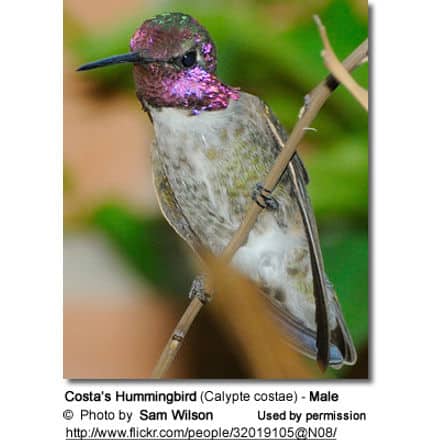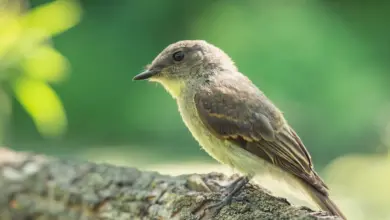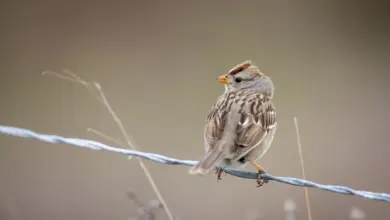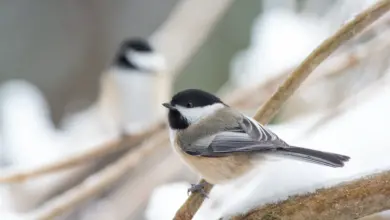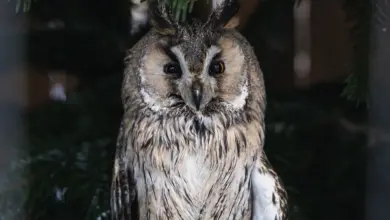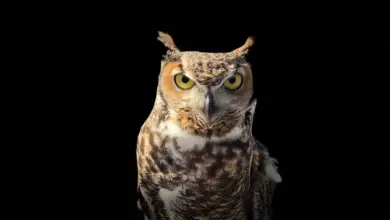Costa’s Hummingbirds: Breeding / Nesting
Costa’s Hummingbirds: Breeding / Nesting
The breeding season of the Costa’s Hummingbirds varies with latitude and habitat; however, within its extensive natural range, it always takes place between January and May. In inland desert areas, it usually starts earlier (as early as January) and occurs a little later along the coastal areas (Southern California, Baja California). The males typically arrive at the breeding sites one week before the females do to give them time to choose their breeding territory, which they fiercely protect from other males.
Hummingbirds are solitary in all aspects of life other than breeding, and the male’s only involvement in the reproductive process is the actual mating with the female. They neither live nor migrate in flocks, and there is no pair bond for this species.
Males court females with a U-shape areal display that involves flying in broad loops rising to about 30 meters or 100 feet above the female, followed by a high-speed dive, passing within inches of the female, before ascending again. Each dive is accompanied by a high-pitched shriek. Throughout the display, he strives to impress the female by showing off his iridescent violet throat patch. A responsive female often responds with a burst of twitters and the male typically performs short darting flights in front of her before copulation (Baltosser 1996). Courtship displays are being observed 1 to 3 weeks before the first clutch is laid.
The male will separate from the female immediately after copulation. One male may mate with several females. In all likelihood, the female will also mate with several males.
Costa’s Hummingbirds are known to hybridize with several other species of western North American hummingbirds, including Anna’s Hummingbirds (Calypte anna), Black-chinned Hummingbirds (Archilochus alexandri). Blue-throated Hummingbirds (Lampornis clemenciae), Broad-tailed Hummingbirds (Selasphorus platycercus), and Calliope Hummingbirds (Stellula calliope).
Hummingbird Resources
- Hummingbird Information
- Hummingbird Amazing Facts
- Attracting Hummingbirds to Your Garden
- Hummingbird Species
- Feeding Hummingbirds
Nesting / Raising the Young
The female alone is responsible for building the open cup-shaped nest out of plant fibers (leaves, flowers, etc.) as well as feathers, with green moss on the outside for camouflage. The nest usually has a grey-green look. It is generally situated in a shrub or bush or on a horizontal or diagonal tree limp, sometimes in yucca stalk or cactus (depending on habitat).
The nest is usually placed in an open area with good visibility – about 3 – 7 ft (1 – 2 m) above the ground, the height varying with habitat. The average nest is about 1.2 – 2 inches (3 – 5 cm) wide and 0.8 – 1.6 inches (2 – 4 cm) high.
She lines the nest with soft plant fibers, animal hair, and feathers down, and strengthens the structure with spider webbing and other sticky material, giving it an elastic quality to allow it to stretch to double its size as the chicks grow and need more room.
The nest construction usually takes about 4 to 5 days. The female continues to add to the nest during the incubation period.
The first egg is laid within 1-2 days of nest completion and the second is laid two days later. The average clutch usually consists of two white eggs (one or three also possible), which she incubates for 15 to 18 days. The young are born blind, immobile, and without any down.
The female protects and feeds the chicks with regurgitated food (mostly partially-digested insects since nectar is an insufficient source of protein for the growing chicks). The female pushes the food down the chicks’ throats with her long bill directly into their stomachs.
As is the case with other hummingbird species, the chicks are brooded only the first week or two and are left alone even on cooler nights after about 12 days – probably due to the small nest size. The chicks leave the nest when they are about 20 – 23 days old. She will continue to feed her young for about another week after fledging (leaving the nest).
The young reach sexual maturity during the first year and are able to take part in the next breeding season.
Two broods in one season are uncommon (Mallette 1990; Baltosser 1996).


